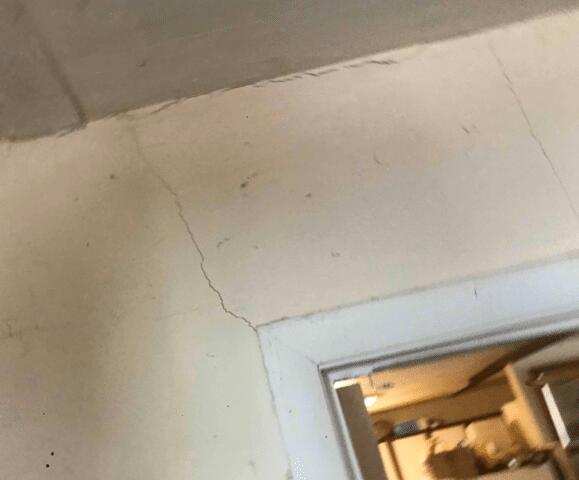
Signs of Foundation Problems: Wall Cracks
Cracks on the wall are very common signs or symptoms of foundation problems when the house gets built over expansive soil. The problem with expansive soils such as clay is that it changes their volume depending on how much moisture exposure it gets. The more moisture exposure expansive soil gets, the more swollen it gets, and the less moisture the soil gets, the smaller it gets.
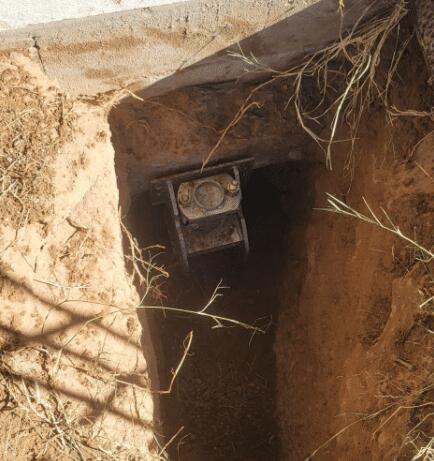
Underpinning Installation Process: How deep is enough?
The depth of each pier might vary depending on the circumstances of the location and the house's design and structure.
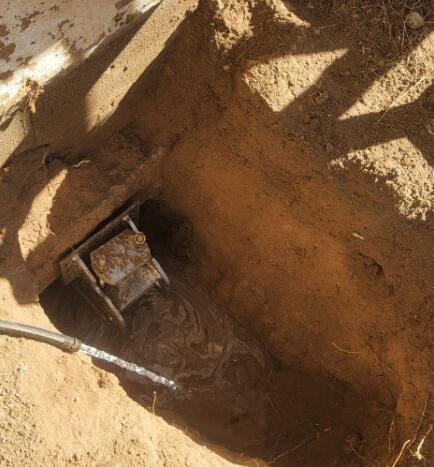
Underpinning Installation Process: Location & Goals
When choosing the location of each pier, our engineering department needs to go through a variety of steps and topographic maps to determine the house's needs based on the current condition of the house and the expected result.
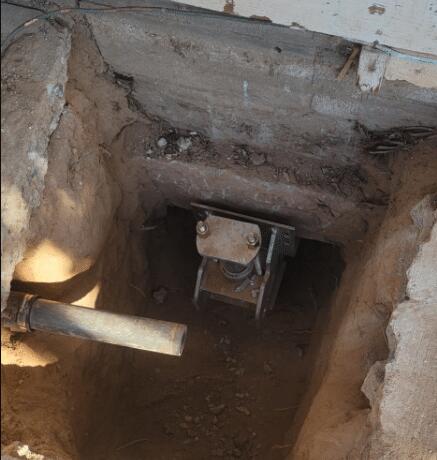
Underpinning Installation Process: Obstacles & Challenges
Most of the time, our foundation heroes face a variety of difficulties putting their skills to the test, but thanks to their experience and constant training, they can overcome most of the obstacles with no problem. Sometimes they might face incredible big and heavy rocks or even PVC pipes that, if they get damaged by any means, could cause a huge delay in the underpinning process.
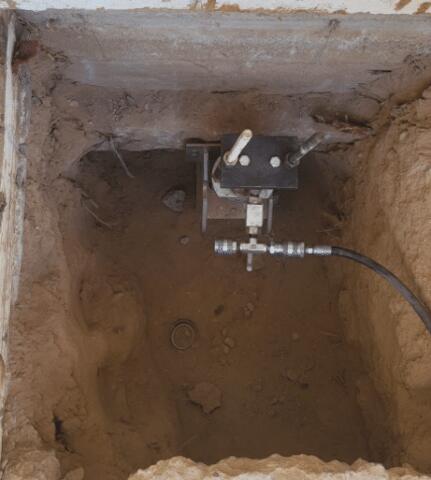
Underpinning Installation Process: Last Assessment
Right before permanently installing each pier with its assigned bracket, our foundation professionals need to complete the last assessment to determine if it is wise to lift the house foundation back to its original position based on the current status and the Owners' goals.

After Underpinning Installation Process
As seen in this photo, the house looks intact as if nothing ever happened, and the house never had foundation problems. In reality, even the result might not be very visible as always, the house's foundation is stronger than ever, and the Homeowners can rest now knowing their floor and wall will not crack anymore.
